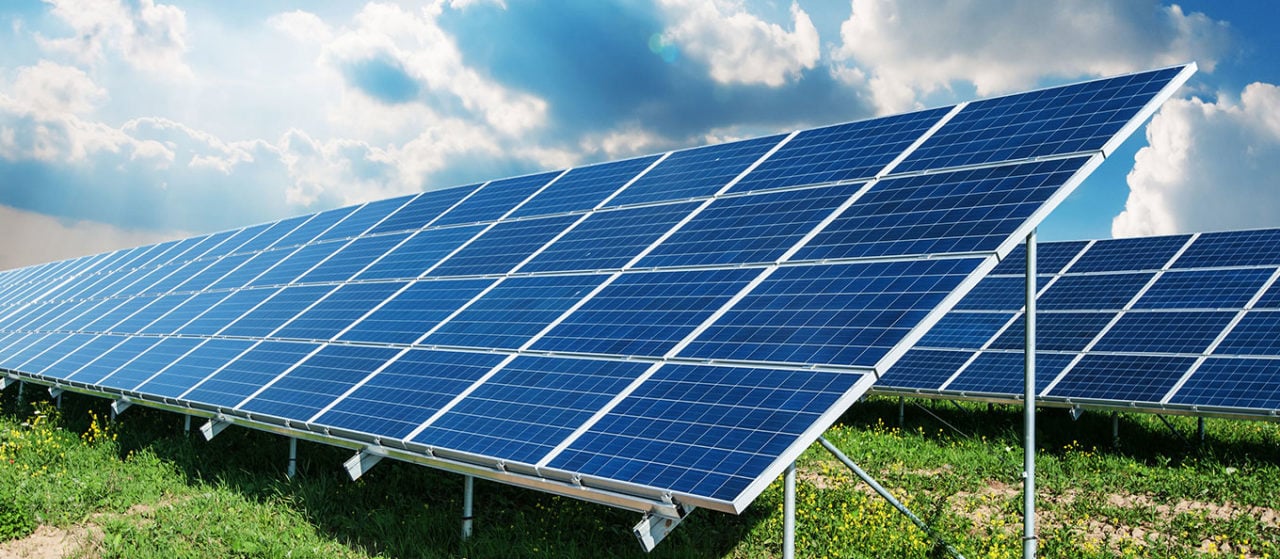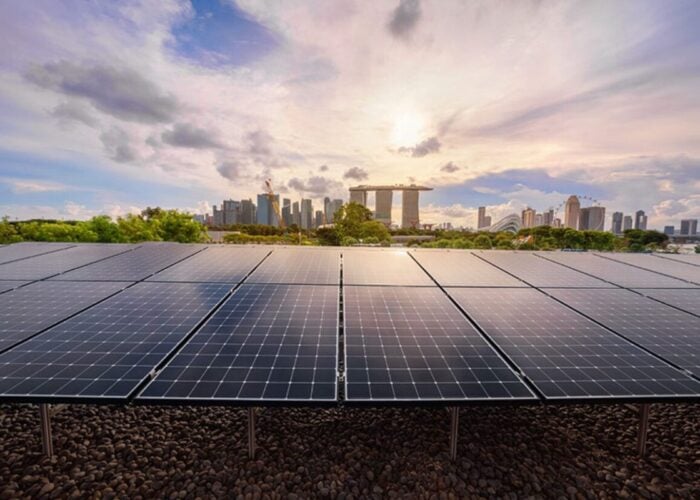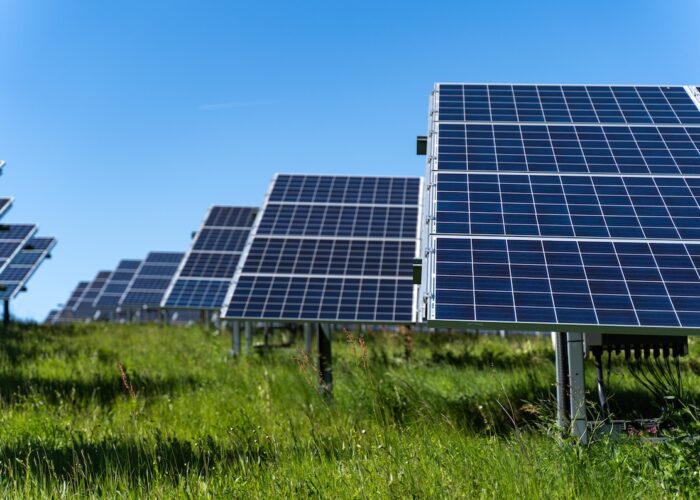
India’s southern region comprising Andhra Pradesh, Telangana, Karnataka, Tamil Nadu and Kerala accounts for 25% of national power consumption but 45% of the country’s total wind and solar power capacity. Penetration of variable wind and solar energy, defined as generation from both these sources as a percentage of electricity consumption, in the southern region was 9% in 2016-17 as against the national average of 5%. Such a high rate of penetration raises concerns regarding management of the grid and can result in high grid curtailment rate. South India represents a test case for the country in terms of integrating variable renewable energy into the grid.
- Increased renewable energy deployment is changing the energy landscape in the southern region and raises concerns regarding grid stability and power curtailment;
- While strides have been made in enhancing transmission connectivity, a lot still needs to be done to enhance grid flexibility and develop ancillary services market;
- Lessons should also be learnt from successful international experiences in allowing high renewable energy grid penetration;
Enhanced transmission connectivity as well as rapid renewable energy deployment has helped south India in considerably reducing its power deficit from 7.3% in 2013-14 to only 0.2% in 2016-17. But another 9GW of wind and solar energy capacity is estimated to be under development. Tamil Nadu is already facing the brunt of such high renewables generation with wind curtailment rates as high as 33% in 2013-14.
Try Premium for just $1
- Full premium access for the first month at only $1
- Converts to an annual rate after 30 days unless cancelled
- Cancel anytime during the trial period
Premium Benefits
- Expert industry analysis and interviews
- Digital access to PV Tech Power journal
- Exclusive event discounts
Or get the full Premium subscription right away
Or continue reading this article for free
Significant steps are being taken to enhance transmission connectivity under the government’s green energy corridor scheme. Work has already commenced on an 1,800km ultra-high voltage transmission link between central and southern India. However, little attention is being paid to other equally important and effective solutions including more accurate generation and load forecasting, ancillary services development (for frequency and voltage stability) and improved flexibility of conventional power plants. For instance, Karnataka is the only southern state to have finalised a regulation on forecasting and scheduling of power. The region is also a laggard in development of an ancillary services market. In the first six months of implementation of regulatory reserve ancillary services (April-September 2016), only 6% of the total energy dispatched under “regulation up” service came from southern region.
Lessons should be learnt from other countries including the USA and Germany, which have similar or higher renewable energy penetration levels. The Electric Reliability Council of Texas (ERCOT) in the USA was successful in reducing the wind curtailment rate from 17% in 2009 to 0.5% in 2014 in its region despite the share of wind power generation increasing from 6.2% to 10.6% in this period. It did so by building more transmission capacity, reducing scheduling time intervals from 15 minutes to 5 minutes, introducing fast frequency response reserves for instantaneous increase/decrease in power output and various demand response programmes along with rapid deployment of smart meters. Germany has also been successful in keeping curtailment rates below 4%, despite having a renewable energy penetration level of as high as 30%, mainly because of adoption of a variety of market-based mechanisms to enhance grid flexibility and provision of ancillary services. For instance, during periods of excess power supply, the German power trading market fixes a negative price for inflexible power units. Moreover, through retrofits to existing coal power plants, Germany has also made thermal generation more flexible to respond to changes in renewable energy generation.
In order for India to support ongoing renewable energy deployment, it is essential to learn from international as well as domestic experience and make urgent changes to the power system.






